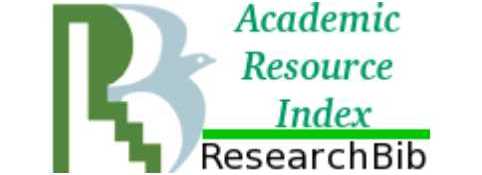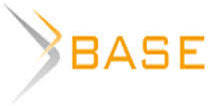Measurement of the starting level and assessment of the starting factors of financial literacy of vocational education students (on the example of the Smolensk college of industrial technologies)
Introduction. Modern realities of life dictate the need for graduates of secondary vocational education to have not only professional competencies, but also to be functionally literate. Financial literacy is one of the components of functional literacy. The purpose of the work is to determine the starting level of financial literacy of students of the Smolensk College of Industrial Technologies and compare it with the national indicators, as well as to assess the starting factors of students' financial literacy. Materials and methods. When developing the materials of the diagnostic study, the open international methodology for measuring the level of financial literacy of the Organization for Economic Cooperation and Development in 2018 was taken as a basis, and the Unified Framework of Financial Literacy competencies for students aged 15-18 was also taken into account. The toolkit developed on the basis of these methods consists of three blocks – “financial knowledge” (17 points), “financial skills” (17 points) and “financial attitudes” (16 points). To achieve the target of the Russian Financial Literacy Index, which is 57%, respondents needed to score 28.5 points. The results of the study showed that the threshold of 28.5 points was not reached. The average score was 18.6 points, which is 37%. In part, the low performance of college students can be explained by starting factors – lack of financial experience, low starting level of general education, low motivation to study, peculiarities of social and economic status. Conclusions. The task of the secondary vocational education system is to increase the level of financial literacy of students. The introduction of elements of financial literacy into curricula and programs must necessarily take into account the specifics of students. It is necessary to focus not only on age characteristics, but also on the starting factors of the target audience.

















While nobody left any comments to this publication.
You can be first.